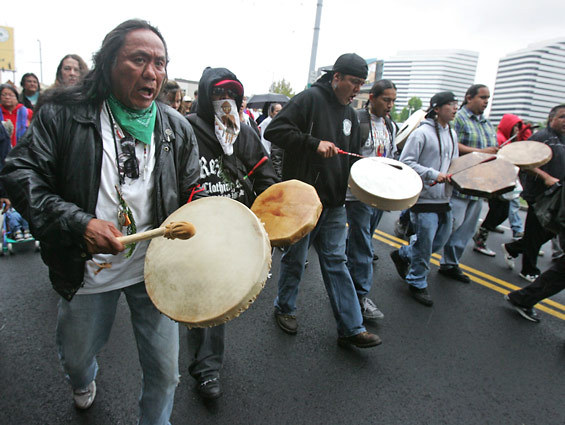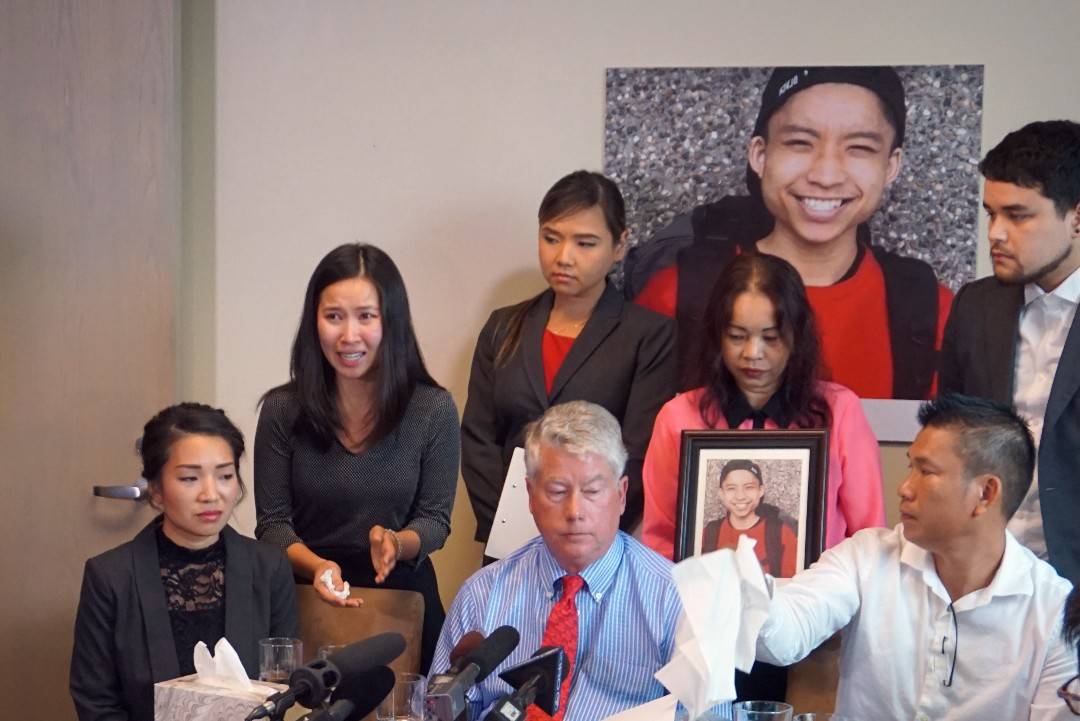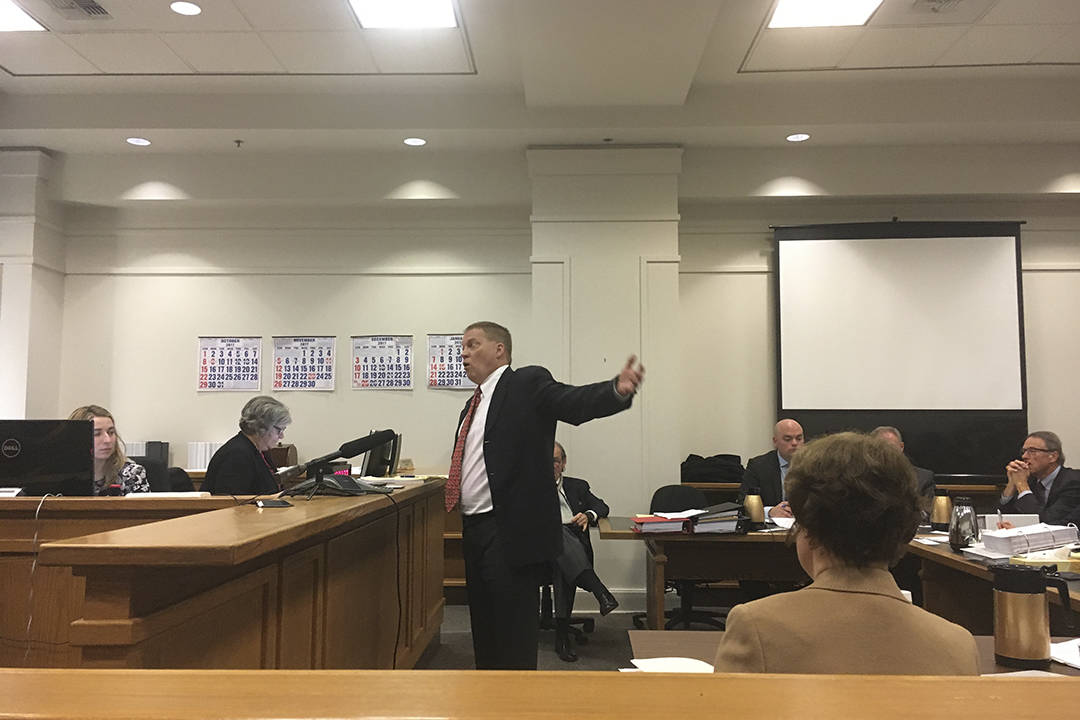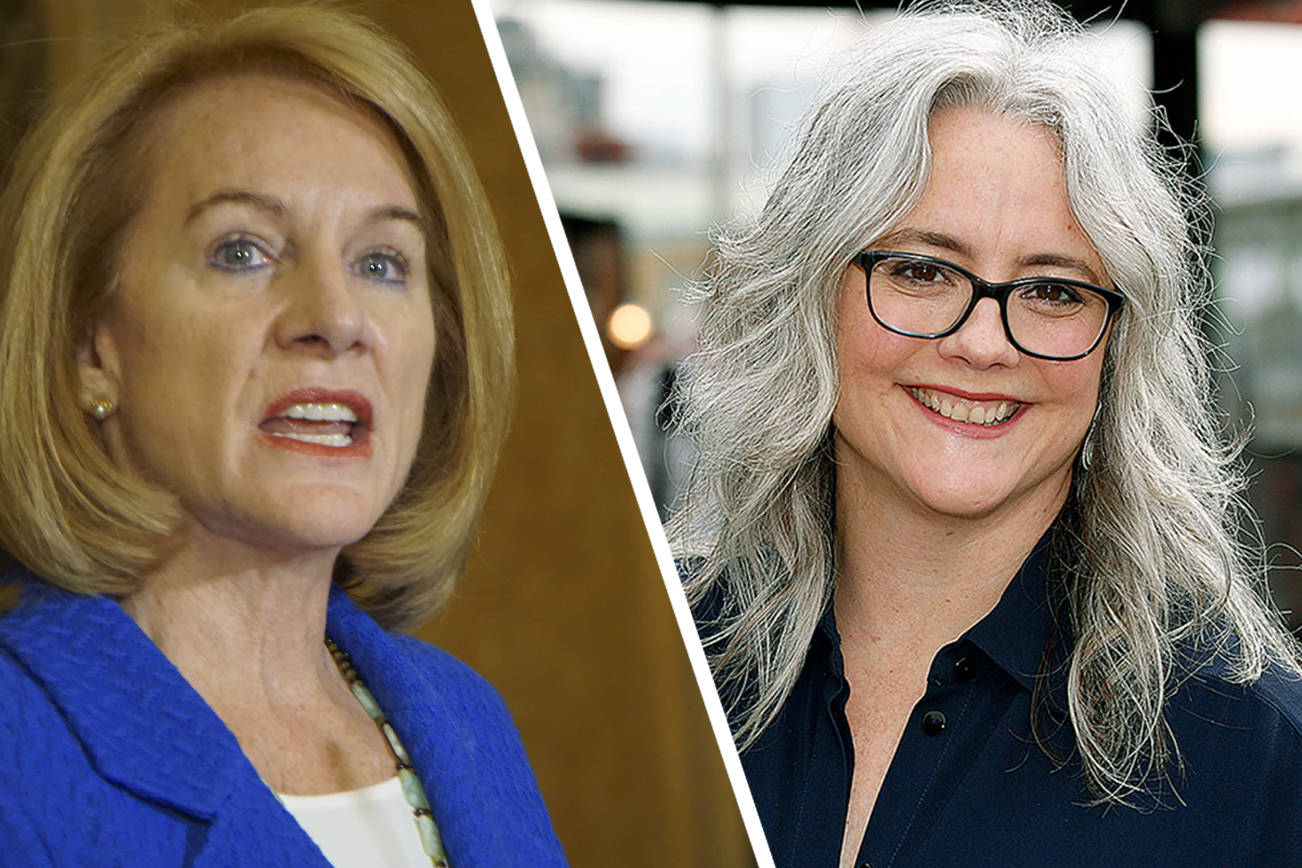Earlier this week, the federal monitoring team overseeing Seattle police reforms release the stark findings of a survey measuring public perception of our local boys in blue.
Most notable about the study was the finding that only 35 percent of those surveyed thought Seattle police treated people of all races and groups equally. Early on, the authors of the study note that the minorities the public thinks cops treat unfairly are blacks, Latinos and American Indians. And while that was just the start of the 18-page report’s discussion of policing and Seattle’s black and Latino community, it was pretty much the only mention given to Seattle’s Indian community.
That was likely a statistical issue: While 15 percent of the survey respondents were black or Latino, only 1 percent were Native American (according to the Census, Indians likewise make up 1 percent of Seattle’s population.)
Still, in a discussion about police relations with minorities, the lack of information about Native Americans is glaring given the community’s recent history with SPD: It was just over three years ago that John T. Williams, a native woodcarver hard of hearing, was shot and killed by police after he failed to put down his carving knife. That shooting played a major role in the Department of Justice’s decision to open a civil rights investigation into SPD’s use of force. The investigation eventually led to, among other things, the oversight committee that commissioned the study released this week.
But that wasn’t the end of Native Americans’ deadly encounters with police. In February, Jack Sun Keewatinawin was shot and killed in Greenwood after family called police because he was having a schizophrenic episode. Police were cleared in the shooting, saying he raised a piece of rebar in a threatening manner, but his family contends it was unwarranted.
Chris Stearns, a Native American and former chairman of Seattle Human Rights Commission, says he was unsatisfied with, if not surprised by, the lean mentions of Native Americans in the report.
“Almost to a person, we feel invisible,” Stearns says about Native Americans. “Every once in a while, we’ll get a heritage month, but that’s it.
“I don’t think it’s that hard to go interview Native American people. If you’re doing random calling, you’re less likely (to speak with a Native American), but at the end of the day, when you talk about community perceptions, there’s no excuse not to talk to Native American communities.”
Had the Native American community been surveyed, Stearns says, the perceptions of police discrimination would have likely been more severe than those found among other minorities.
For example, the survey found that 36 percent of African Americans and 41 percent of Latinos knew someone who was “experienced racially different treatment.”
“I’m almost positive that if they interviewed Native Americans, that number would have been higher,” he says.
Stearns emphasized that, by turning their attention to minority perceptions of policing, Native Americans stand to benefit (“We’re only going to get help if we help others. We’re only going to do better when our brothers and sisters do better”).
That said, he said the shooting of Williams underscores the unique problems faced by Native Americans, saying that many are carvers who carry their tools.
“It comes down to cultural competency. That’s important,” he said.
UPDATE: Asked about Native Americans and the survey, Police Assessment Resource Center, which commissioned the study, said in a statement that while the statistics did not allow the study to draw conclusions about Native American perceptions about police, the fact that 48 percent of all respondents said they didn’t feel Native Americans were treated fairly by police warrants further review.
“These results will intensify our focus on the Native American population in our future research and analysis,” police monitor Merrick Bobb said.









